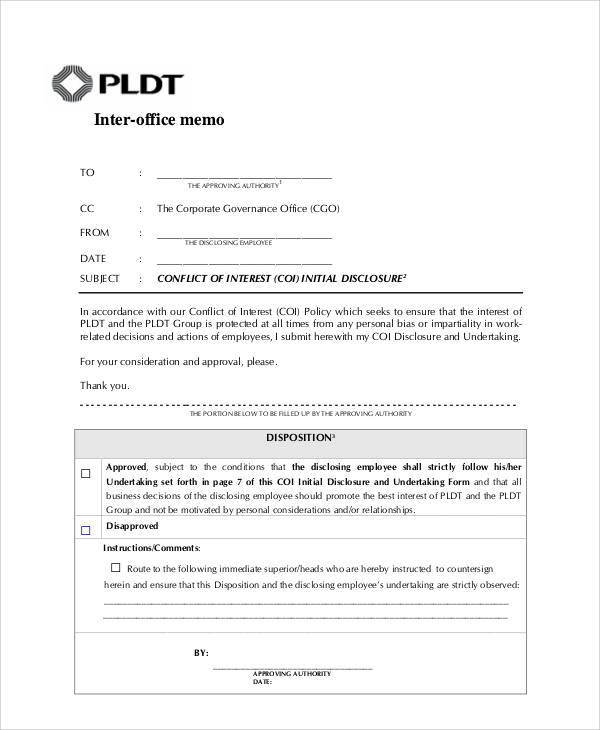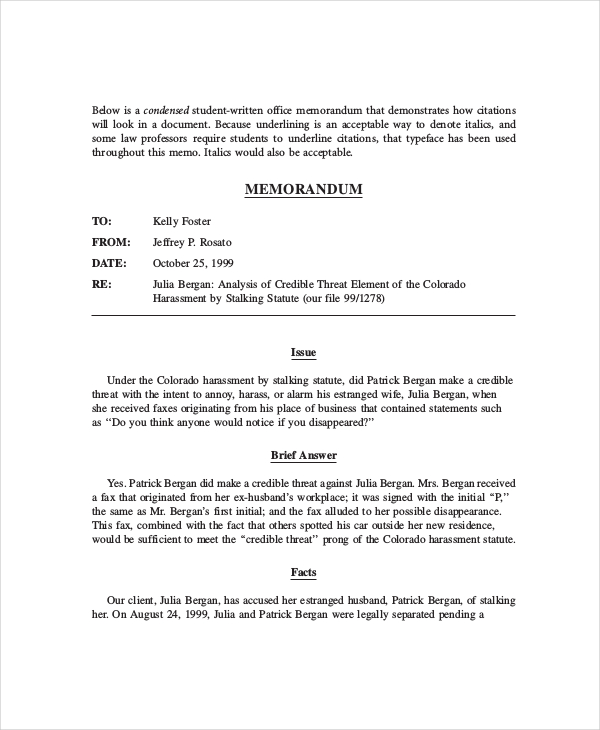

In this section, do not comment upon the facts or discuss how the law will apply to the facts.

Include legally significant facts – facts upon which the resolution of the legal question presented will turn, whether they are favorable or unfavorable to the client for whom you are writing – and include background facts that will make the context of the problem clear. Present the facts in a logically coherent fashion, which may entail a chronological order. The description should be accurate and complete. For example, in an issue involving whether a minor can disaffirm a contract, a legally significant fact would include the nature of the item or service contracted for (was it clothing, food, shelter, related to health care, etc.) and whether the minor had access to the item in any case, without having to become contractually obligated to pay for it. The legally significant facts are the facts that are relevant to answering the legal question presented. Provide a formal and objective description of the legally significant facts in your research problem.

Summarize for your reader how the relevant law applies to your significant facts. Then give a brief (usually no more than four or five sentences long) self-contained explanation of the reasons for your conclusion. Begin with your conclusion: yes, no, probably yes, etc., if the question can be answered that way. The brief answer should clearly and fully respond to the question presented. Always include the name of the jurisdiction involved, e.g., New York, the Second Circuit. Although questions are usually framed so that they can be answered yes or no (or probably yes or probably no), sometimes they cannot (such as “Under New York law, has a retailer made a binding offer when…?”). It is usually one sentence, and often begins: “Whether….” or “Does….” The question incorporates legally relevant facts as well as the rule involved. The question presented should be sufficiently narrow and should be objective. The subject of the memo is a question: How does the relevant law apply to the key facts of the research problem? Thus, the question presented is analogous to the issue or question presented in a case brief.

Put the title of each subsequent section of your memo at the beginning of that section, in all caps, and centered. RE: Name of client, and a short description of the subject matter of the memorandum TO: Name of person who assigned the research project The standard office memorandum usually contains the following sections: Therefore, you need to maintain an objective tone, and remember to address any counterarguments. You are not writing to persuade a court but to predict how a court would apply the law to the facts of your situation. One final but important reminder: an office memorandum is a predictive statement of the law. Remember to keep the needs and expectations of your audience (here, a legally-trained reader) in mind. Therefore, as you write, keep asking yourself: will the reader be able to follow my analysis? Have I organized my analysis to track all the steps in the “CRRACC” paradigm (conclusion-rule statement-rule explanation-application-counterargument-conclusion)? If your organization plan skips any steps of your thought process (for example, if you move directly from a bare statement of the rule to an application to your facts, without first discussing in greater depth the cases from which the rule is derived), your reader will not be able to follow your analysis and ultimately will not find your work to be useful. Your reader may have a general familiarity with the law you are discussing but may not be familiar with specific cases (or, if applicable, statutory provisions) that you have found to be relevant to the analysis. You are writing this for the benefit of another lawyer who has asked you to address a specific question, and expects an answer to that question. Once you are in practice, you can adjust the format to your office’s requirements. The format and structure may differ somewhat from law office to law office (and, here in law school, from professor to professor). This handout sets out a short description of one way to put together an office memorandum.


 0 kommentar(er)
0 kommentar(er)
